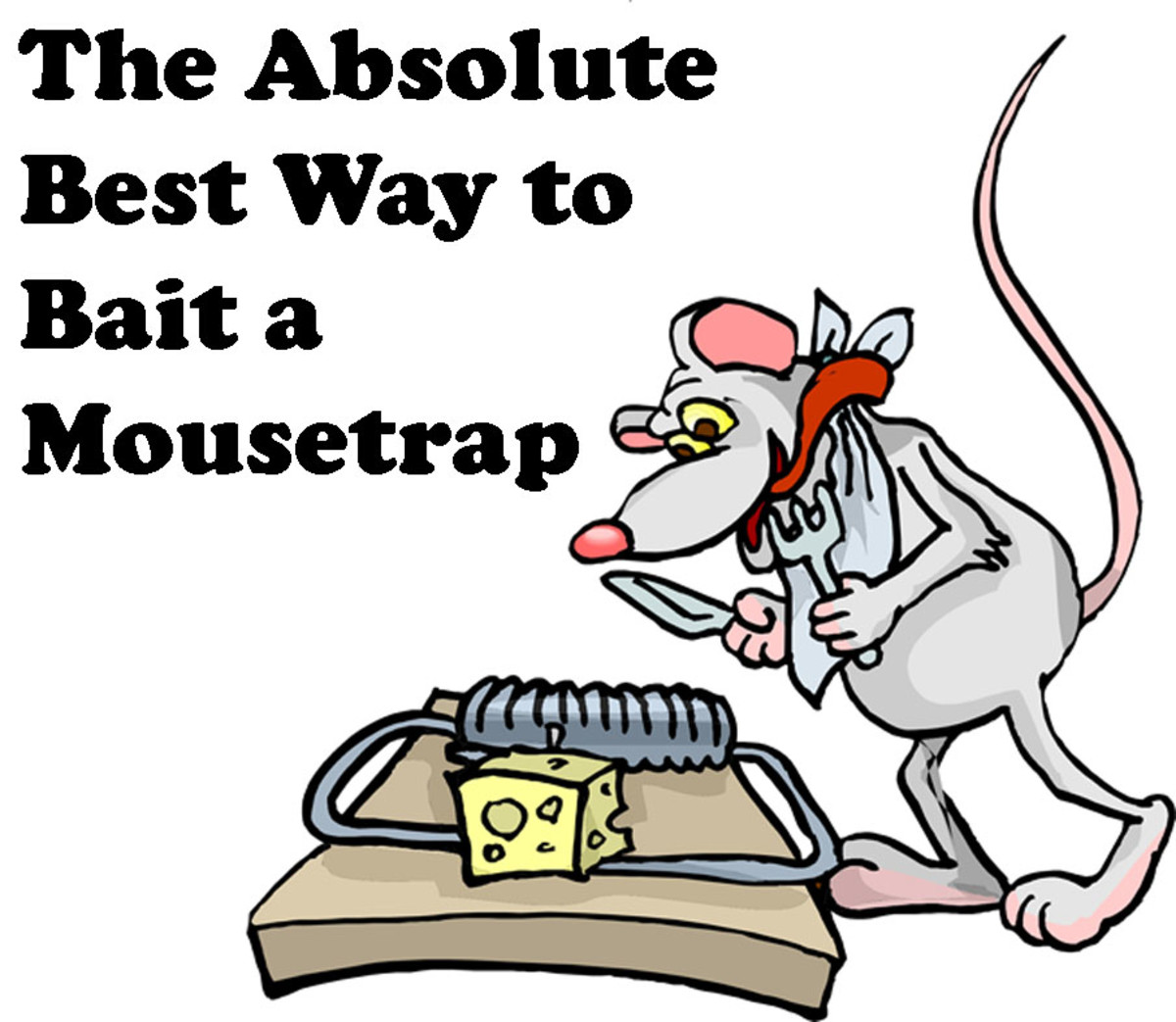What are Humane Rodent Traps
Common Rodent Pests
We usually think of rodents as mice and rats. These are a small segment of the overall rodent population, which makes up forty percent of the world's animal kingdom. Some rodents plague our homes such as mice, rats, and sometimes squirrels. Other rodents can be a nuisance too. For instance, beavers are rodents and they can dam up rivers and streams. However, in terms of using rodent traps, we are looking at ways to deal with home invasions of the rodent kind. It is an easy way to catch a mouse and keep the rodent pests under control.
A Little History on Trapping
On farms, in the old days, rat trespassers were often shot before they got to the house. And there is more than one story about a farmer coming into the house and using his shotgun to deal with rats in the pantry and shooting holes in the pots and pans. Snap traps were also a part of any farmhouse's basic equipment. In urban areas, pest control products like snap traps are still used and so are the newer methods such as glue traps and electronic traps.
With the spread of disease that can happen in a heavily populated environment and the unpleasantness of removing rodent carcasses, there is a move toward live traps. Another component of this shift in trap methods is the increasing awareness of the environment and a kinder attitude toward all living things. Luckily, there are many new types of humane rodent traps that can make dealing with rodent control issues a lot more pleasant.
These products come in different sizes and materials and are a very green method to use. You can use it, reuse it, and never have to worry about accidentally poisoning a house cat. Bait it with peanut butter, crackers, or a piece of cheese and wait for the rodent to step inside. The door snaps shut and the creature is not unduly tortured with pain and suffering.
The only thing you have to do is make sure you have a place to dispose of the live creature. Ideally, this will be somewhere far enough away so that the pest will not wriggle back into your home. A reusable humane cage trap will satisfy the most ardent of animal lovers. Just remember to check your home for access points and the possibility of future rodent problems.
What are Humane Mouse Traps?
An enduring pest control solution has been sought after for centuries. It has been going on so long that the phrase "building a better mouse trap" has become a cliché. The trap concept includes sprays, glues, poisons, and electronic repellants, including ultrasonic products. Any and all of these work efficiently although some might work more effectively than others. Then there are humane mousetraps. These have the advantage of providing an environmentally safe way to catch mice.
If you opt for do-it-yourself pest control, the choice of trap is up to you. The only other concern is finding ways to secure your home from future infestations. First, let's look at this humane method of catching mice. Typically, these are designed to hold bait that attracts mice and then lures them into the cage-like trap. (Peanut butter is excellent as bait. So is cheese. But mice are not terribly fussy about what they eat.)
The entrance is rigged with a detector element that activates a spring door. The door snaps shut trapping the mouse inside. This is humane and efficient in terms of trapping rodents including small rats. This method of rodent control avoids the usual downsides of other methods. Depending on your preference, you can choose using poison that can affect other living beings in the house or snap-traps that sometime merely maim rather than kill mice or the electronic mouse trap option.
The last thing you need is a mousetrap method that should not be used around food, kids or that involves dead mice that you have to touch for disposal purposes. If you have pets, imagine your cat dragging a mouse corpse off to the living room for a snack. With a reusable humane mouse trap, you do have to find a way to remove the mouse. The easy way is to simply take the trap outside and release the tiny beast.
Whether the mouse-release system works depends on where you let the mice go. If after you caught it and you just take the trap outside, open the door to release the animal, and have not taken steps to close up the mouse entrances to your home, chances are the mouse will be back in the house before you are. The success of this method also depends on where you live. If the area is urban, chances are that you are not the only person with the infestation. If everyone released mice from traps in their backyard, the results could be epidemic.
Before you decide on a live mouse trap, choose a release location. A local green space or a rural area might be ideal. While disposal of a live pest might sound onerous, think of it this way - dead or alive you are going to have to dispose of the mouse. With these traps, you don't have to touch the creature and it is a kinder and gentler way of dealing with the issue.
Ideally, you will only have to contend with an infestation once because part of the process is tracking down the way that mice get into your home. Mouse control is a two-part process. Get rid of them and prevent them from returning by doing some DIY like blocking all holes and leaving no food around in the kitchen. Choosing a humane mouse trap is healthier and cleaner than other choices.






